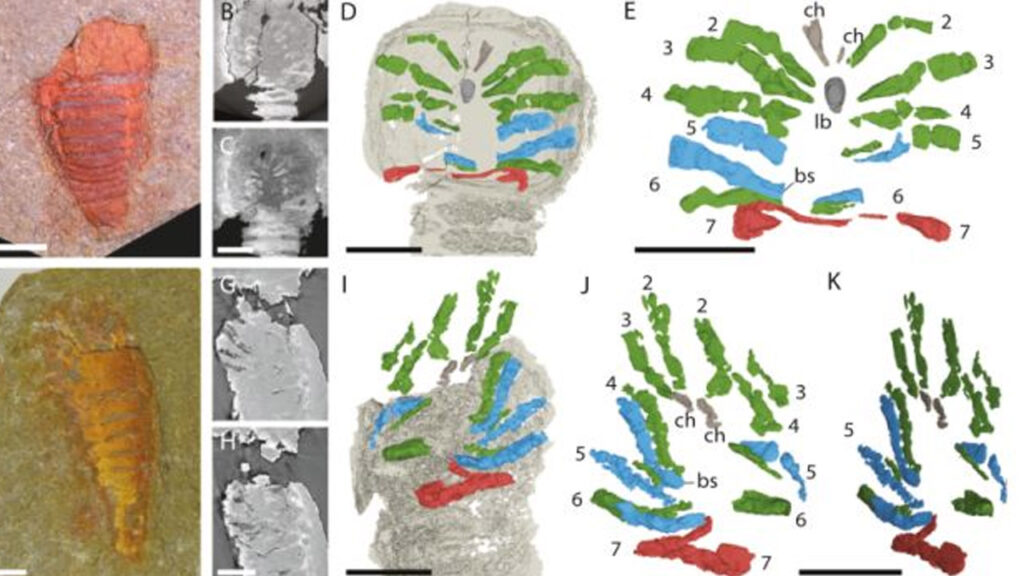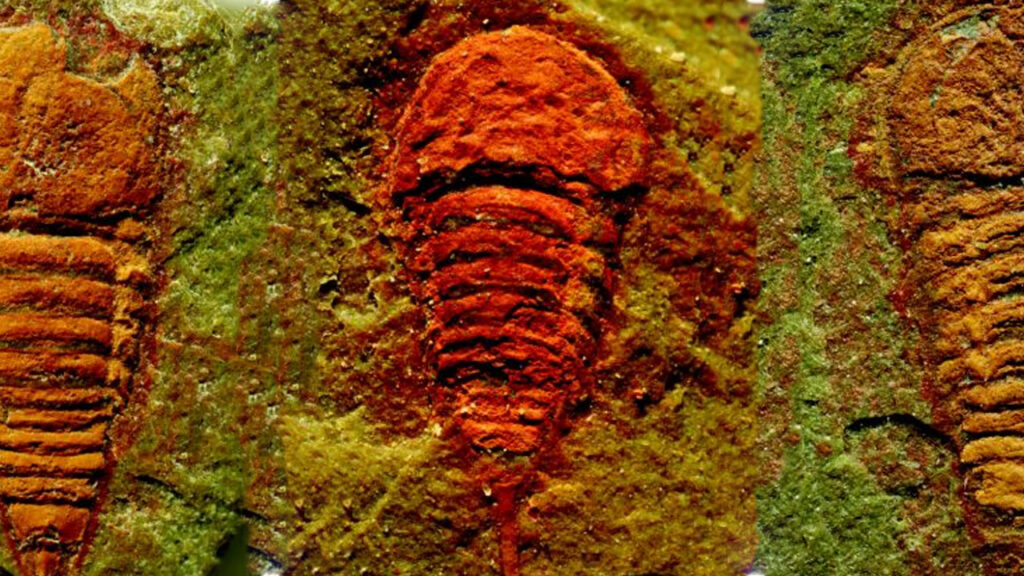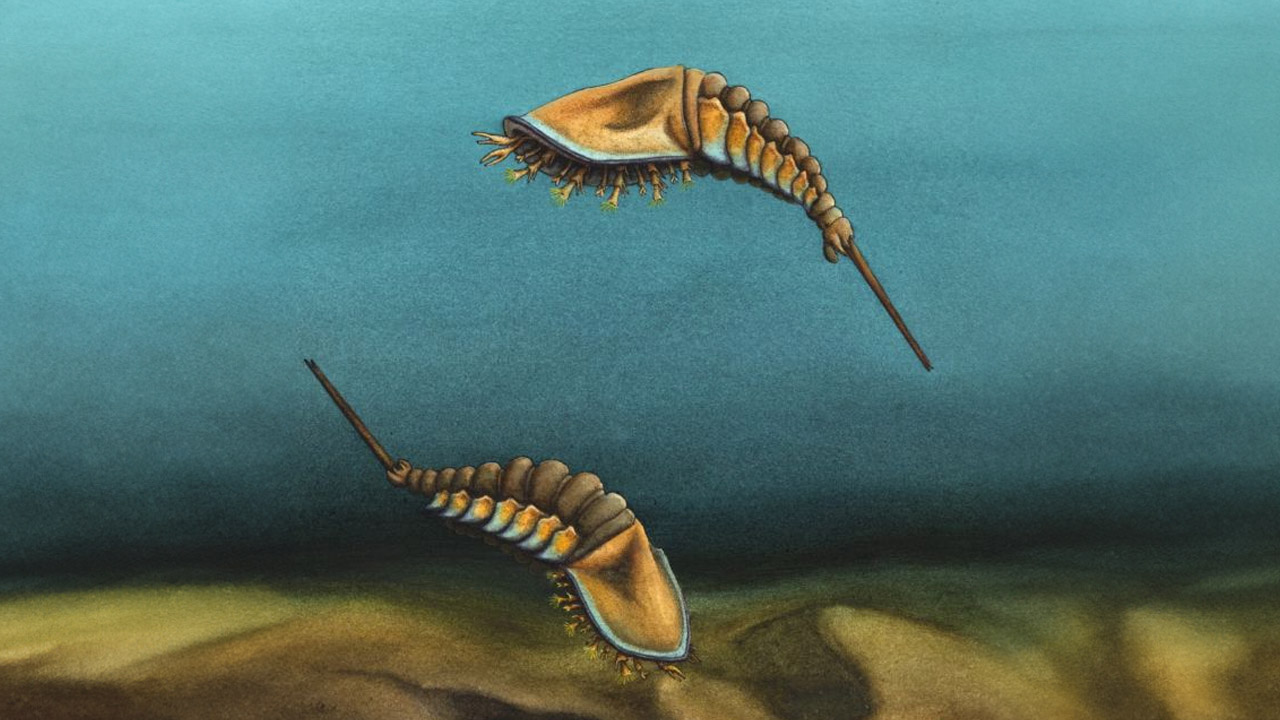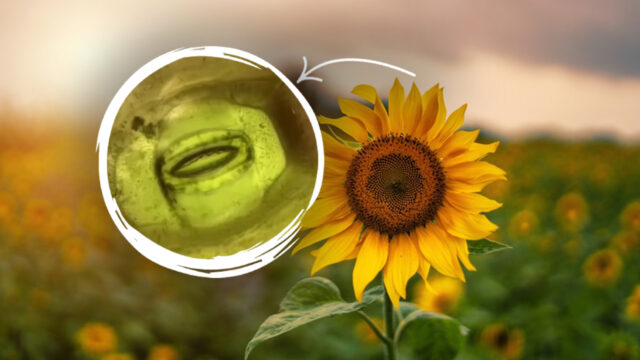Paleontologists have discovered that a small creature that lived in the seas about half a billion years ago is the oldest known ancestor of spiders, scorpions and horseshoe crabs. Let’s take a look at the details together.
The oldest ancestor of scorpions and spiders discovered
This tiny creature, called Setapedites abundantis, is only 5 millimeters long and lived 478 million years ago in an ocean that covers what is now Morocco. Its fossils were first discovered in the early 2000s and have been waiting to be analyzed ever since. Because fossil analysis is a time-consuming process, researchers are only now uncovering the secrets of this tiny creature.


Detailed analysis of the fossils of Setapedites abundantis revealed that it belonged to the arthropod clade, specifically the Euchelicerata group. Arthropods are a diverse group of invertebrates, including insects, myriapods, crustaceans and spiders, and represent about 75 percent of animal life on Earth.
The Euchelicerata subgroup includes spiders, scorpions, horseshoe crabs, mites and ticks, called chelicerae, which have mouthparts used to grasp and poison prey. However, it is not known exactly when and how these different animals diverged from other arthropods and embarked on their own evolutionary path.
Paleontologist Lorenzo Lustri and his team studied fossils of Setapedites abundantis from the Fezouata Shale formation. The fossils showed anatomical features such as two branched appendages on the animal’s back. These features confirmed that Setapedites abundantis belonged to the Offacolidae family. Only the species Offacolus kingi was previously known in this family, and this species lived during the Silurian period, between 444 and 420 million years ago.
The inclusion of Setapedites abundantis in this family makes it the oldest known member of Euchelicerata in the arthropod family tree. This finding bridges the evolutionary gap between early arthropods and Euchelicerata.
The location of the fossil has now been determined. The next step will be to study this fossil in more detail to better understand how its unique features arose and how they evolved. This will help us learn more about how the spiders we know and love today evolved.














